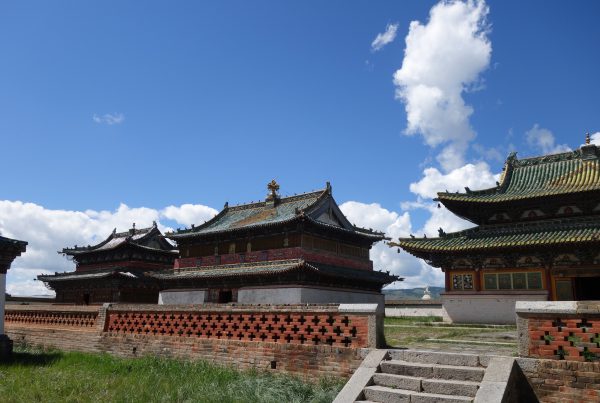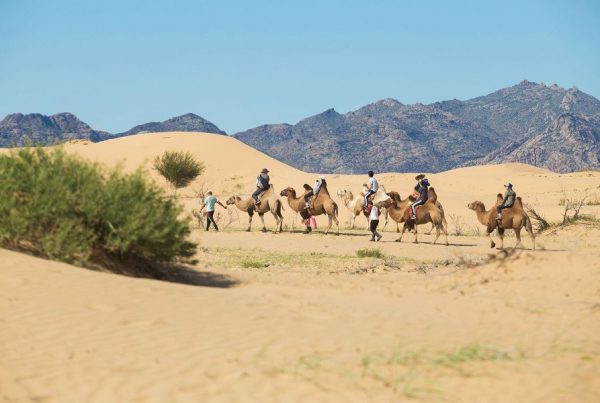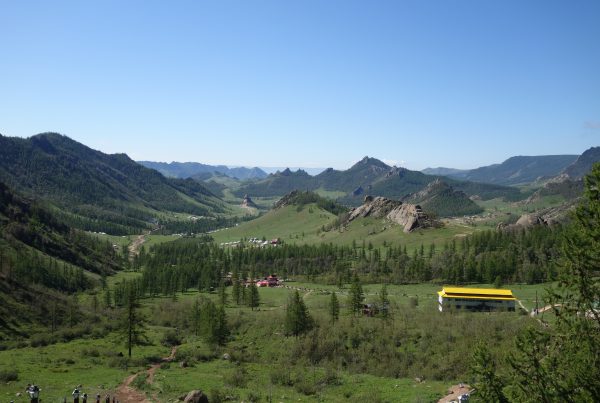Discover Tuvkhun Monastery – A Peaceful Buddhist Retreat in Mongolia
Tuvkhun Monastery is one of the oldest and most peaceful Buddhist monasteries in Mongolia. It’s located in the scenic Khangai Mountains, right on the border between Övörkhangai and Arkhangai Provinces, about 47 kilometers southwest of the ancient city of Kharkhorin.
A Glimpse Into History
Tuvkhun Monastery was founded in 1648 by a 14-year-old boy named Zanabazar. Later in life, he became the first Jebtsundamba Khutuktu, the spiritual head of Tibetan Buddhism in Outer Mongolia. After returning from his studies in Tibet in 1653, Zanabazar chose a quiet mountaintop called Shireet Ulaan Uul, 2,600 meters above sea level, to build his retreat.
He named it Bayasgalant Aglag Oron, which means “Happy Secluded Place.” For more than 30 years, he used Tuvkhun Monastery as his private getaway to pray, meditate, and create. During this time, he also invented the Soyombo script, a writing system that later became a national symbol of Mongolia.
What Makes Tuvkhun Monastery Special
Tuvkhun Monastery isn’t just a beautiful and peaceful place—it’s also full of mystery and meaning:
The “Mother’s Womb” Cave: Behind the temple is a small cave known as the “Uterus of Mother.” People crawl through it as a way to experience spiritual rebirth and inner cleansing. It’s a powerful symbol of starting fresh.
The Twin Wells: Near the top of the stairs, you’ll find two wells just 15 feet apart. One has fresh water, and the other has salty water. No one knows exactly why this happens, especially since they’re located on solid rock near the mountain’s peak—where water usually doesn’t flow.
The Monastery Through Time
Sadly, during the late 1930s, communist forces destroyed much of the monastery. However, it was partially restored in the summer of 1997. During a special ceremony, monks placed a new statue of Gombo Makhagal (also known as Mahakala), a powerful guardian figure in Buddhism, on top of the newly rebuilt Tuvkhun Monastery.
Today, a small group of monks lives at Tuvkhun Monastery year-round. Thanks to its peaceful vibe, rich history, and touch of mystery, it continues to attract visitors from around the world.
Planning a Visit to Tuvkhun Monastery
If you’re traveling through Mongolia and want to explore its deep spiritual roots, Tuvkhun Monastery is a perfect stop. You can explore history, connect with spiritual traditions, enjoy nature, or simply find a quiet place to reflect—all in this unforgettable hidden gem. Check out tour.



